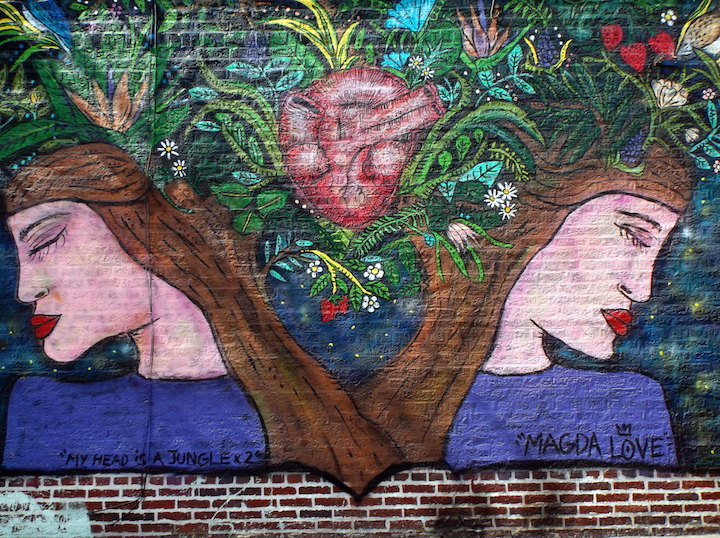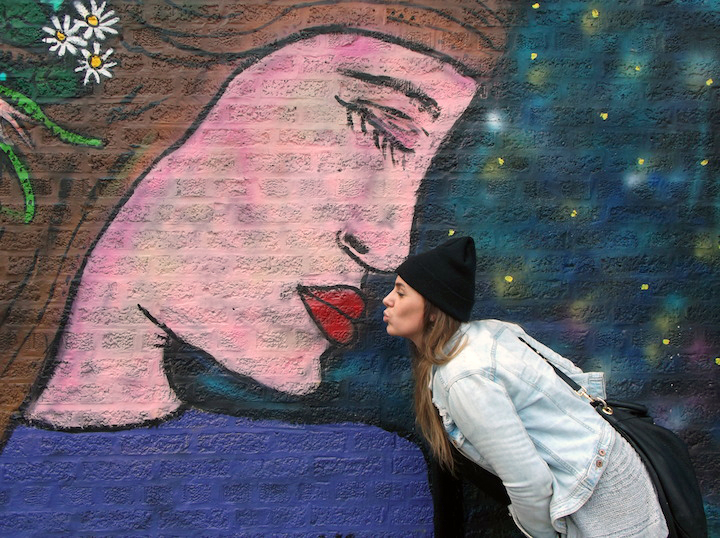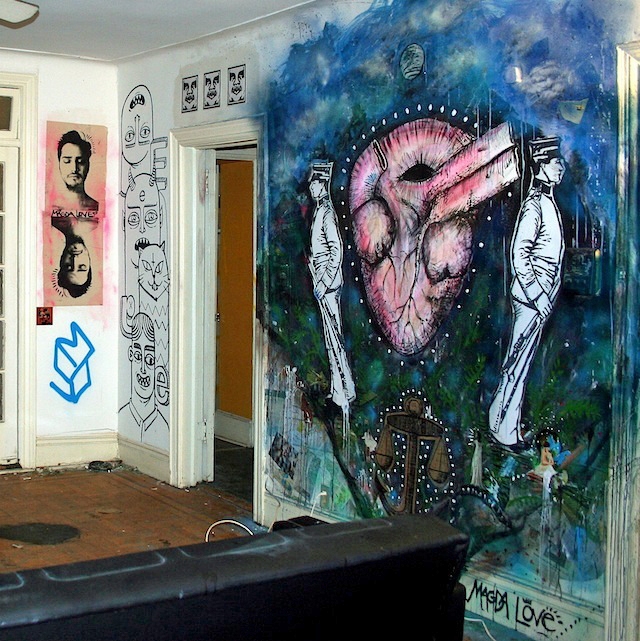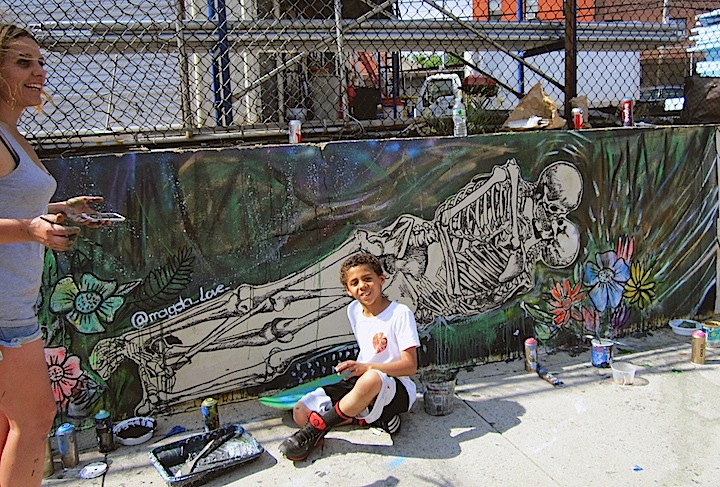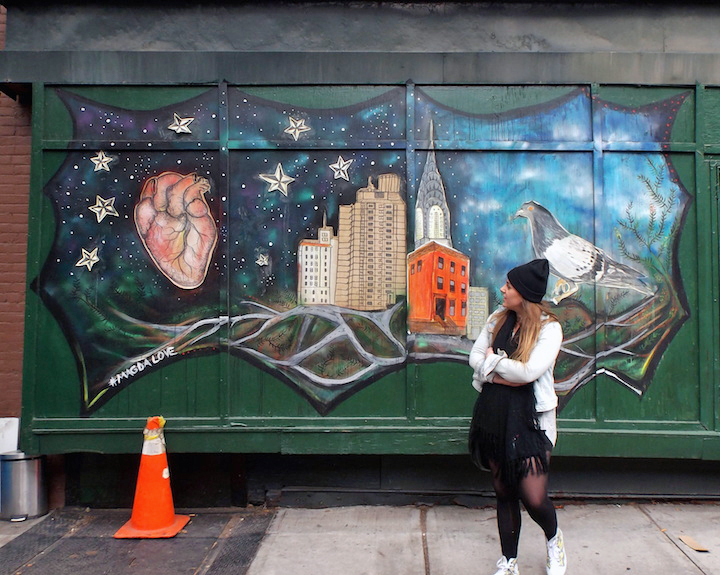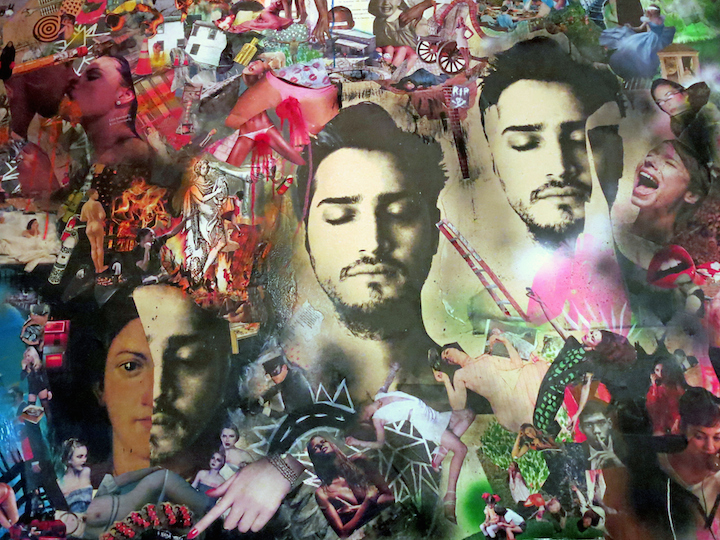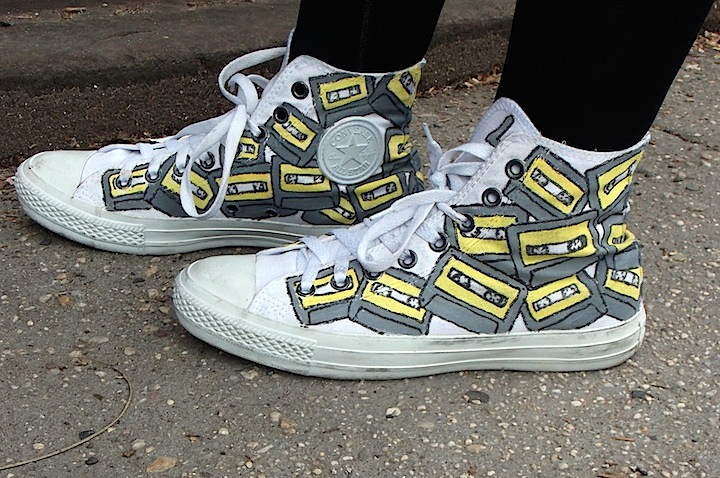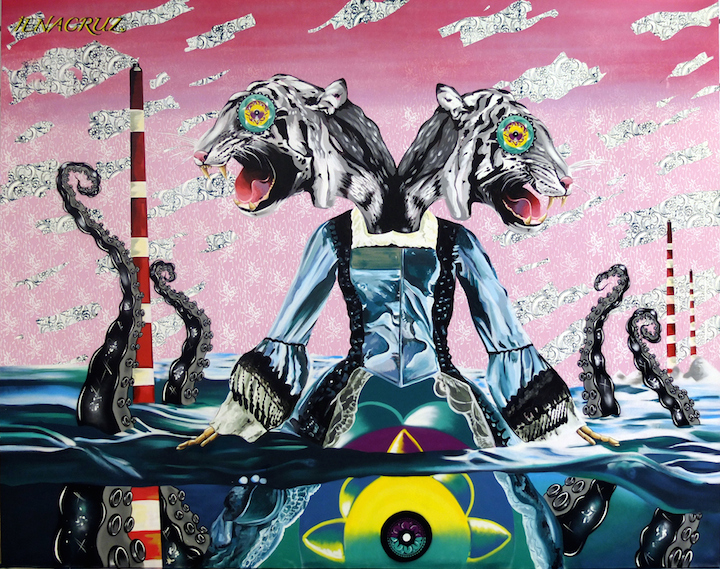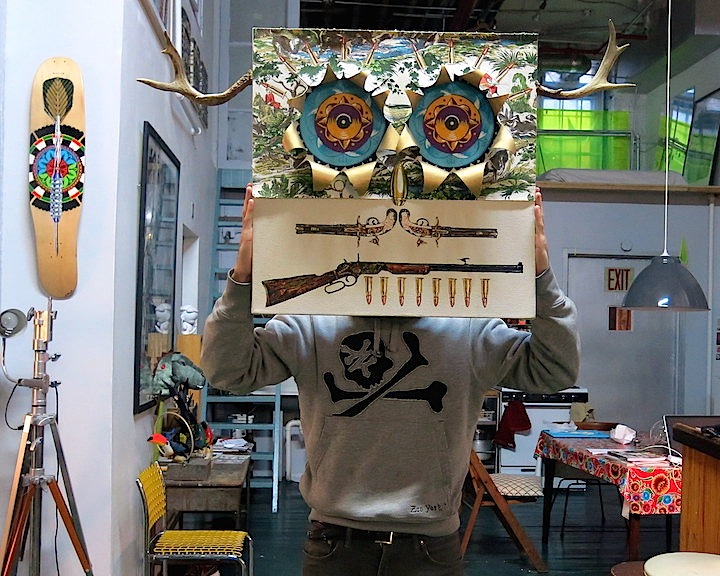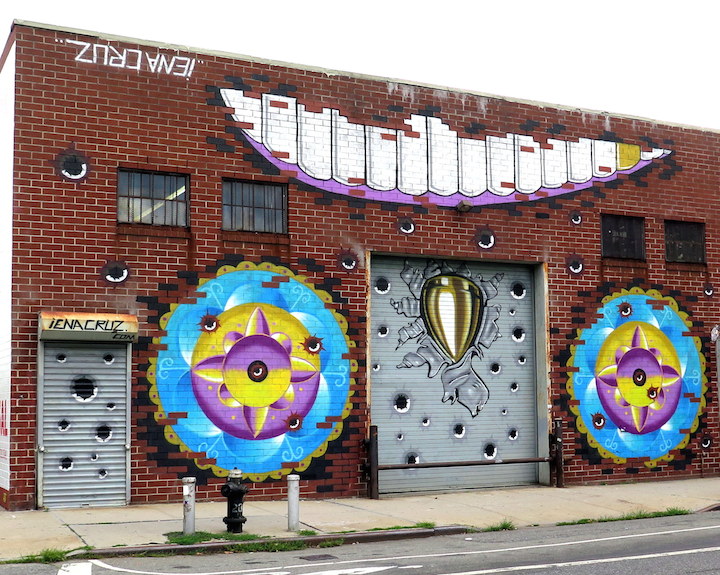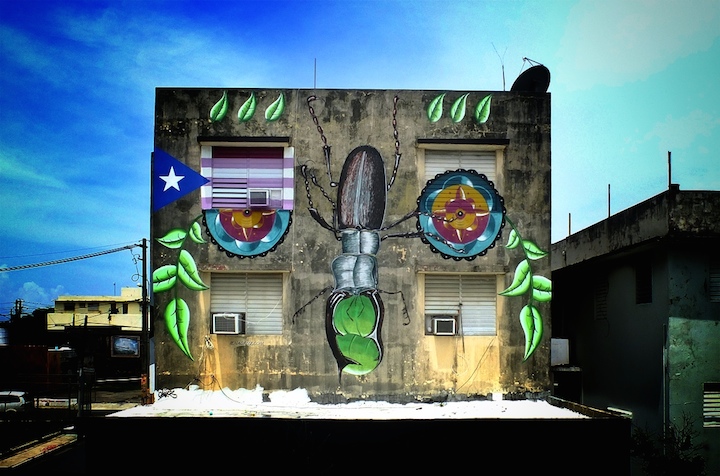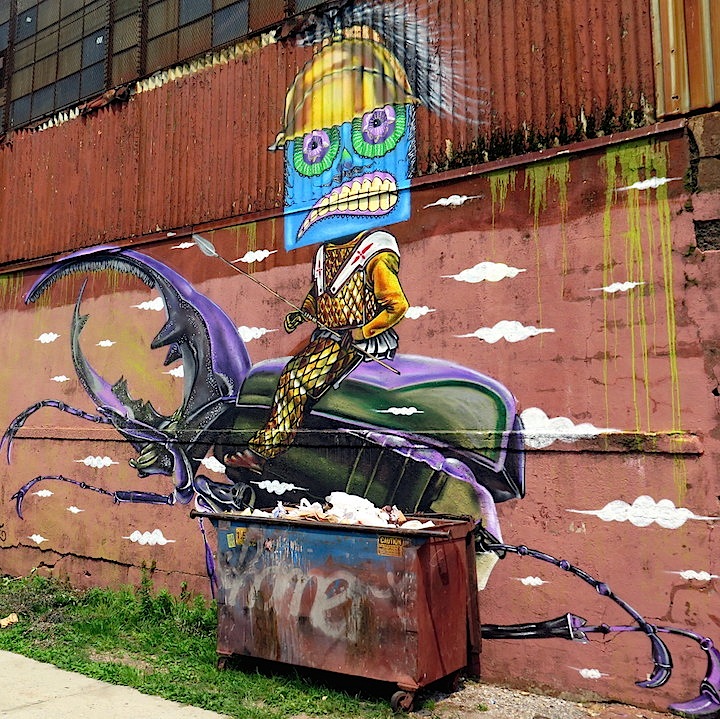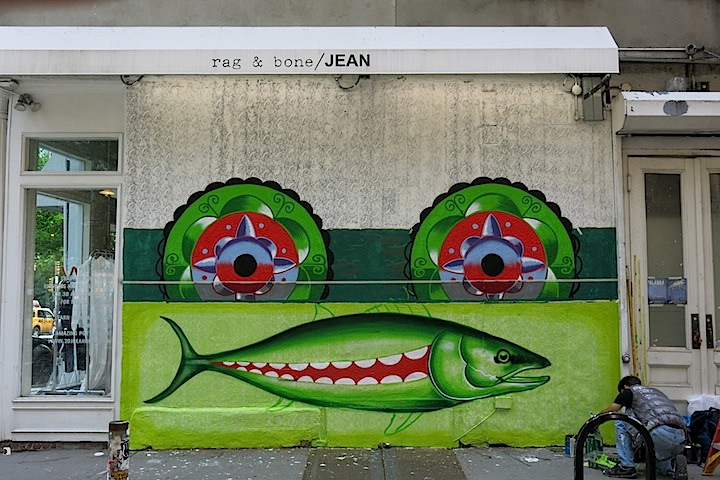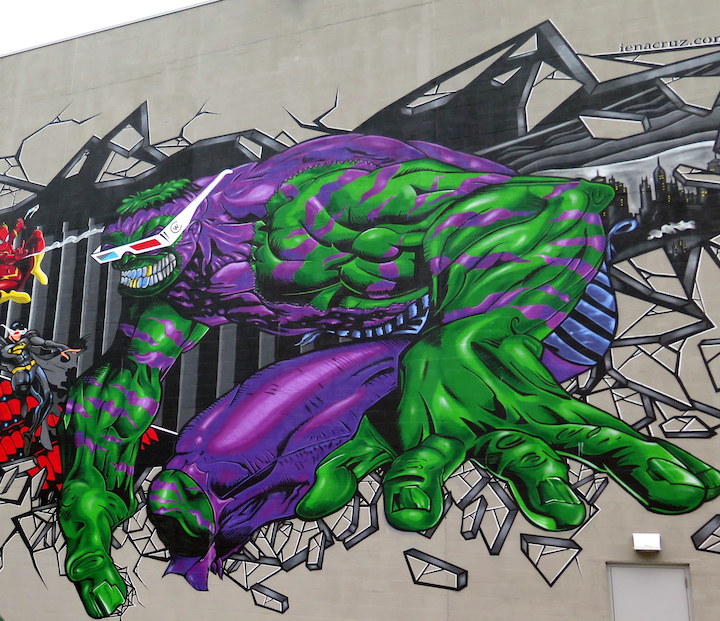Argentine artist Magdalena Marcenaro aka Magda Love shares with us some of her early experiences and impressions of NYC in this second in our series of interviews with artists born abroad who have made NYC home.
When did you first visit New York City?
I first came here in 2000 with a bag and $300. My uncle had paid for my ticket.
What was your initial impression of this city?
I wasn’t impressed! I was raised in Buenos Aires, a similarly large city. And large cities don’t move me that much. I’m far more impressed by nature. And I always thought of Europe as far cooler than the United States, as Europeans seem to value culture more than Americans do. London seemed like the ideal place to live because I was into fashion at the time.
Why, then, did you decide to stay in NYC?
Just about everyone was telling me that NYC is the place to be, and then four months later, I was married.
How did your family feel about your move?
My mother was very supportive. She raised me to be independent. She, herself, is very adventurous.
What were some of the challenges you faced when you first came here –before you were married?
My biggest challenge was finding a place to live. When I first arrived, I called a friend I’d met in Argentina and I spent my first two weeks in her place on Roosevelt Island. There was a huge snowstorm at the time. I can’t forget that! I had never seen snow in Buenos Aires. I then worked in a hostel on 106th Street and Central Park West in exchange for a place to sleep. After that, I just crashed in lots of different spaces, wherever anyone had a spare bed.
That must have been difficult.
Yes, I remember spending an entire night on a computer in Times Square checking for possible rentals. For a while I ended up renting a room in Alphabet City. It was in the Projects on Avenue D. I didn’t even know what the Projects were. And there I was — walking around in a fur coat! And as my Spanish is so different from that of the people living in the Projects, I could barely communicate with anyone. And, of course, dealing with paper work that any newcomer to the US has to deal with is always a challenge.
How did you meet your basic expenses early on?
I first worked in a coffee shop, and then I worked as a bartender. I also sold some clothes I’d made to Patricia Field. Back in Buenos Aires, I designed fashion.
Have you encountered any prejudice here?
Not here in NYC. Living in this city is like living in a bubble. But when I’m with my son – who is biracial – outside of NYC, I do feel prejudice.
How has your artwork evolved or changed since you moved here?
It changes all the time. I feel that I’ve grown tremendously. Being around so many talented artists – especially those who paint on the streets — exposed me to so much. It has helped me develop different techniques.
Have New Yorkers been receptive to your artwork?
Yes. I’ve been fortunate.
What would you like to accomplish here?
I’m eager to paint a huge wall. I want to collaborate with some of my favorite artists. And I’d love to have a solo show. Actually, my goal is to conquer the world!
What do you miss most about your native country?
I miss seeing my brother’s kids grow up and I miss the countryside.
Do you see yourself living here on a permanent basis or returning to your country?
I’m here to stay!
Interview conducted by Lois Stavsky and City-as-School intern Zachariah Messaoud; photo credits: 1, 2, 5 & 7 Zachariah Messaoud; 3 Dani Reyes Mozeson; 4 Tara Murray & 6 Lois Stavsky
{ 0 comments }
